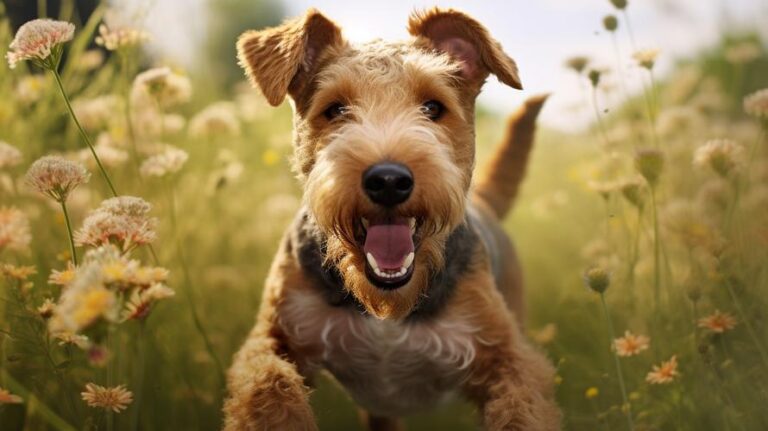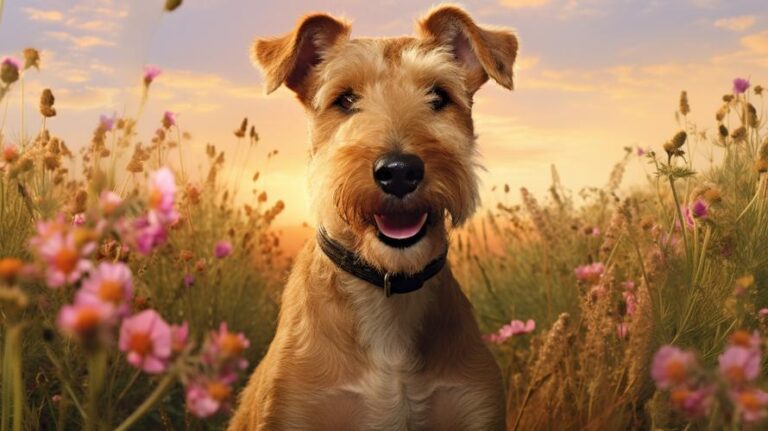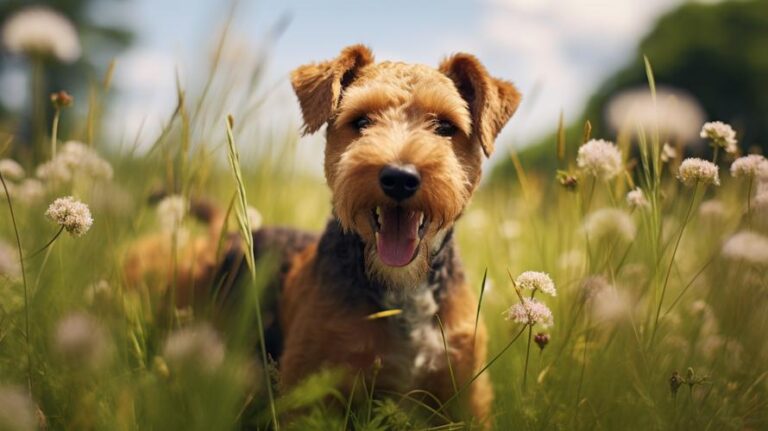If you close your eyes and picture a dog, you’ll likely see an adorable, playful creature wagging its tail in delight. But what if that picturesque image was constantly surrounded by a snowfall of fur? It’s not holiday magic—it’s shedding, a reality for many dog owners. However, if you’re considering bringing a Lakeland Terrier into your home, you might be in for a pleasant surprise. How about a dog that doesn’t turn your home into a fluff-filled wonderland? Intrigued? Let’s dive deeper into the world of this dog breed and its fur habits!
The Lakeland Terrier is a breed known for its distinctive scruffy and wiry coat. These dogs were bred in the harsh conditions of the Lake District in England, designed to be hardy and robust enough to dig into dens and chase out foxes and other pestering creatures. A trait that made them great for this job was their low-shedding coat, capable of withstanding the rough northern climate.
“But does the Lakeland Terrier not shed at all?” you may wonder. To answer that, it’s important to understand a little about canine fur science. Every dog sheds to some extent—it’s a natural process for the replacement of old and damaged hair. However, in the world of dog owners, “shedding” often refers to the sometimes relentless release of fur that ends up on your floors, furniture, and clothing. In this sense, the Lakeland Terrier is, indeed, a low-shedding breed.
Adorable and efficient, aren’t they? Now that you have an answer, let’s look at why Lakeland Terriers shed less and how this could make your life easier as a dog owner or potential pet parent.
The wiry coat of a Lakeland Terrier is not only funky and cute, but it serves a great purpose. A few hundred years ago, these dogs were bred to hunt pests, and this required a unique kind of coat. The topcoat, also known as guard hairs, are harsh, wiry, and serve as a sort of cloak against the elements. Underneath is a shorter, softer undercoat for insulation. Together, they provide maximum protection.
So, what does this mean for you as the owner of this fabulous breed? Less cleaning time and fewer allergy flare-ups! A low-shedding dog breed like the Lakeland Terrier will result in fewer tufts of fur around your home. This measurably lessens your cleaning time, freeing your schedule just a bit more for playtime with your new buddy. Moreover, because they shed less, these dogs often cause fewer reactions from those who may be allergic to dogs. Easier clean-up, and fewer sneezes—now that’s a combo hard to resist!
However, it’s also important to remember that a low-shedding breed doesn’t mean zero maintenance. The Lakeland Terrier’s unique double coat means they require regular grooming to keep their skin healthy and their coat looking top-notch. Regular brushing is needed to remove any loose hair from the undercoat and prevent it from tangling with the wiry topcoat.
One effective grooming regimen for your Lakeland Terrier is known as “hand-stripping”. This process involves plucking out dead hairs from the undercoat manually, aiming to maintain the wiry texture and vibrant color of the coat. Some find this task a bit daunting, while others consider it an enjoyable bonding time with their pet. If it’s too much for you, a professional groomer experienced in hand stripping can always step in to help.
In conclusion, if you’ve been wondering about adding a Lakeland Terrier to your family but had reservations about the trials of fur-filled corners and floating fur-bunnies, worry no more. This high-energy, low-shedding breed will fill your home with joy but won’t cover your upholstery in fuzz. Keep in mind the regular grooming needs to keep the coat healthy, and you’ll have a playful, nearly fluff-free companion to share your days.
Just remember, every dog deserves love, care, and respect, irrespective of how much they shed. And if you’re the proudest owner of a non-stop shedding breed, wear that fur on your clothes like a badge of honor. After all, it’s just a little extra love left behind by your furry friend. But for those who prefer less fur to dust and vacuum, the Lakeland Terrier could just be your perfect match!



